Welcome to the fascinating realm of shoe fitting, where the quest for the perfect pair of shoes transcends mere length considerations. Your feet deserve the utmost care and comfort, and understanding shoe width is key to achieving both.
As we embark on this enlightening journey, we’ll unravel the intricacies of measuring shoe width with precision. Regardless of whether you have wide, narrow, or normal feet, this thorough guide will arm you with the information you need to choose shoes wisely.
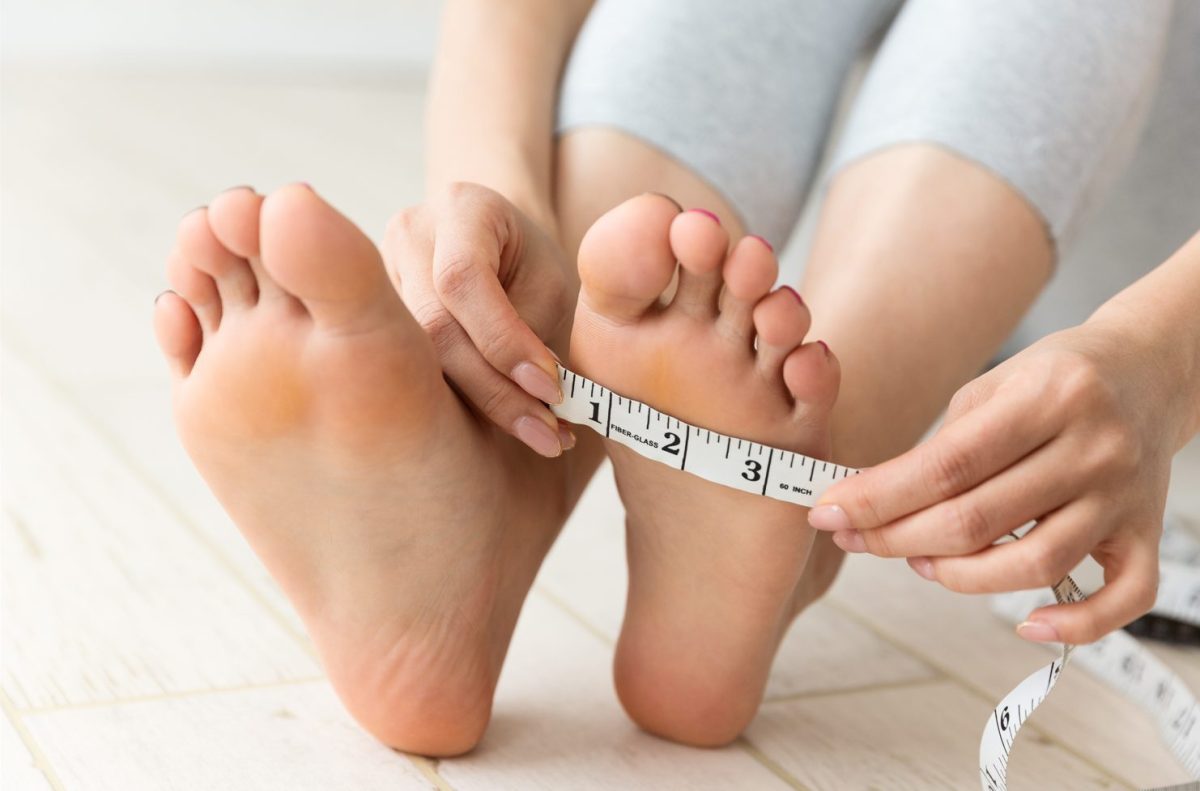
From fundamental measurement techniques to invaluable tips for determining the ideal shoe width, we’ll empower you to embark on a transformative quest for shoes that not only fit but also embrace your feet like a second skin.
So be ready to enter a knowledge universe that will permanently alter the way you see shoe fitting.
How To Measure Shoe Width?
It’s critical to take precise measurements of your feet’s breadth and length to guarantee a perfect fit for your shoes. Let’s start by measuring your foot width using the following step-by-step instructions:
– Gather the necessary tools for the measurement: a pencil, tape measure, ruler, and a piece of paper.
– Select a comfy seat, then take a seat back and unwind with your feet resting on the floor.
– Take the tape measure and position it under your foot at the widest part, which is typically around the ball of your foot.
– Make sure the tape measure comfortably fits without being too tight as you gently wrap it over the widest area of your foot. Check that the tape measure is parallel to the floor and not tilted.
– Take note of the measurement in centimeters (cm) and record it. Remember not to tighten the tape measure, as this can lead to an inaccurate measurement.
– Repeat the process for your other foot and record its measurement as well.
– Compare the measurements of both feet and use the widest measurement among them. This will determine your foot width.
– Next, use your measured foot width to find the right shoe size on the wide shoe size charts.
Now, let’s move on to measuring your foot length. Although it is recommended to stick with your usual shoe size if you are confident, if you have any doubts about your size, follow the steps below for an accurate measurement:
– Find a comfortable seat and ensure your feet are placed flat on the floor.
– Take the piece of paper & place it under your foot, aligning it with the surface.
– With the pencil held as close to your foot as possible, carefully trace the outline of your foot. Ensure the pencil stays in contact with your foot throughout the tracing process.
– Once you have traced the entire foot, draw a straight line at the very top and bottom of the drawing to mark the length accurately.
– Using the ruler or tape measure, measure the distance between the top and bottom lines you drew. Be sure to measure in centimeters (cm).
By following these comprehensive instructions for measuring both foot width and length, you will have the necessary measurements to determine the appropriate shoe size for a comfortable fit.
Find more: How To Measure Shoe Size in here
Shoe Width Sizes Explained
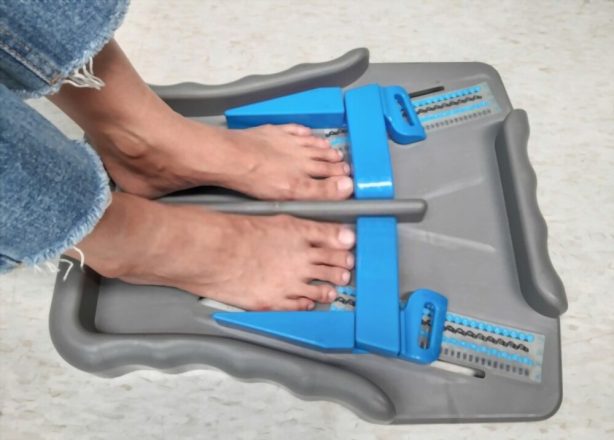
Shedding light upon the intricacies of shoe width measurements, it becomes apparent that navigating this aspect can be rather perplexing owing to the divergent approaches adopted by various brands and styles. Two distinct methodologies, namely the letter-based and word-based systems, are employed for gauging shoe widths. Typically, letters are conjoined with sizes, and the ensuing table delineates prevalent conventions pertaining to sizing.
Shoe Widths By Letter
| Shoe Width | Women’s Sizing | Men’s Sizing | Description |
| A/2A/4A | Narrow/Extra
Narrow (or AA/AAA/AAAA) |
Extra
Narrow (or AA/AAA/AAAA) |
Gets narrower as more ‘A’s are added |
| B | Normal/Medium/Standard | Narrow | Most common size for women, narrow for men |
| D | Wide | Normal/Medium/Standard | Most common size for men, wide for women |
| E/2E/4E | Extra Wide (or 2E/4E) | Wide (2E), Extra Wide (4E or larger) | Gets wider as more ‘E’s are added |
Note: Please note that some women’s shoes may use alternative terms such as Slim and Super Slim, which are equivalent to Narrow and Extra Narrow. Additionally, sizes larger than 10E are more common for diabetic shoes.
Shoe Widths By Size
| Shoe Size | Women’s Width | Men’s Width | Description |
| Narrow | A, 2A | B | Considered Narrow for women, Extra Narrow for men |
| Extra Narrow | 2A, 4A | A | Considered Extra Narrow for women, Narrow for men |
| Medium | B | D | Considered
Medium/Normal/Standard |
| Wide | D | E | Considered
Wide for women |
| Extra Wide | E or bigger | 2E or bigger | Considered Extra Wide |
| Not specified | Medium | Medium | Assumed to be Medium width |
Note: Women’s Narrow/Extra Narrow widths are sometimes called Slim/Super Slim. Not all brands offer widths in every increment, and 2E/4E are the most common for wider widths.
Tips for Finding Your Perfect Shoe Size
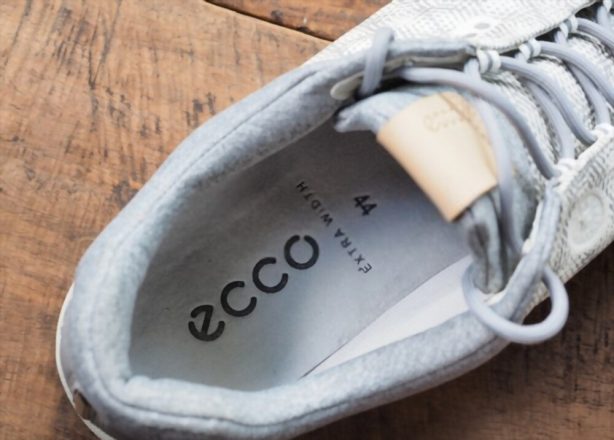
Finding the perfect shoe size is crucial for ensuring comfort, preventing foot-related problems, and optimizing overall foot health. Foot pain, discomfort, and possible foot disorders can result from wearing shoes that are either too tight or too loose.
This article gives complete guidance on how to identify your ideal shoe size, taking into account a variety of elements that impact fit, such as foot measurements, shoe styles, and brand variances. By following these tips, individuals can make informed decisions when purchasing shoes, leading to a more enjoyable and comfortable walking experience.
Read more: Foot Length To Shoe Size Chart in this post
Understand Foot Anatomy
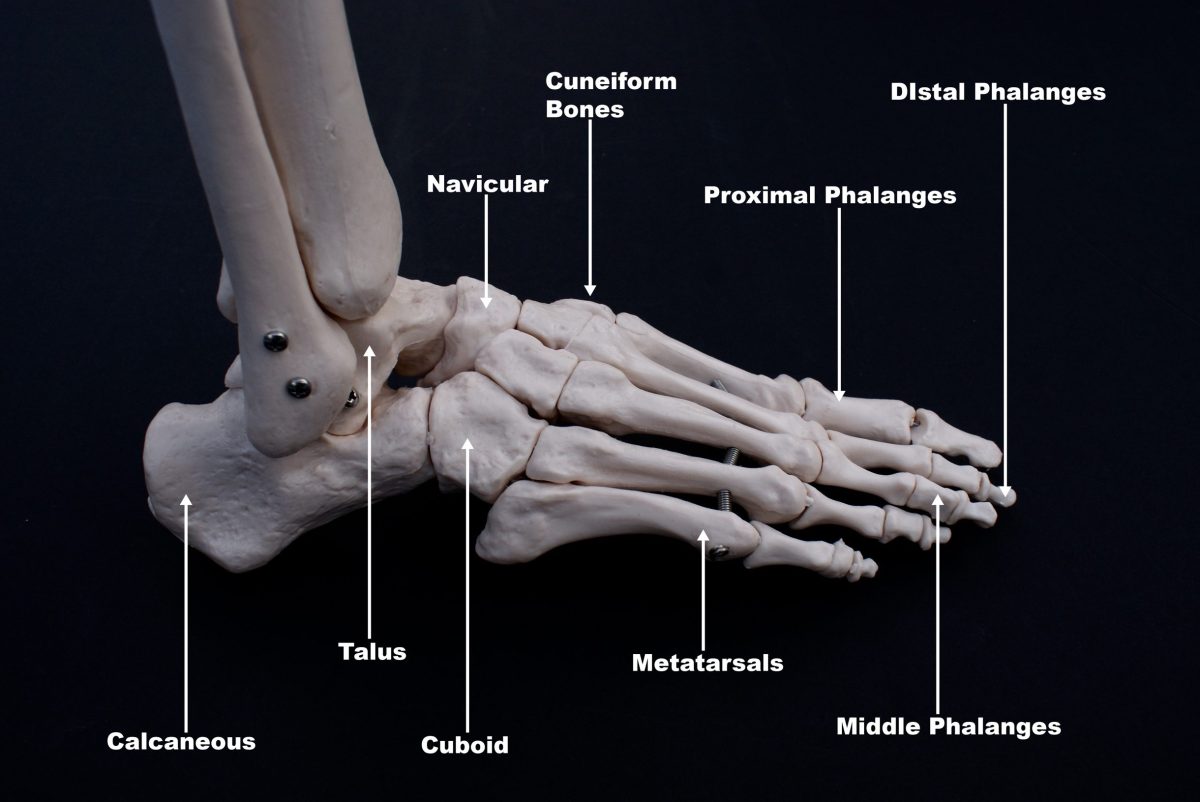
To find the perfect shoe size, it’s essential to understand the anatomy of your feet. It’s important to take into account dimensions like arch height, breadth, and total foot length because feet vary in a variety of shapes and sizes. People commonly have three types of arches: high, medium, and low. These variations affect how the weight is distributed, impacting the fit of the shoe.
Measure Your Feet
Our feet come in various shapes and sizes, and understanding the specific measurements of your feet helps determine the ideal fit. Considering factors like foot length, width, and arch height ensures that the shoes you choose provide the necessary support, comfort, and room for natural foot movement. By obtaining precise foot measurements, you can make informed decisions when purchasing shoes, ultimately promoting foot health and overall well-being.
Shoe Sizing Systems
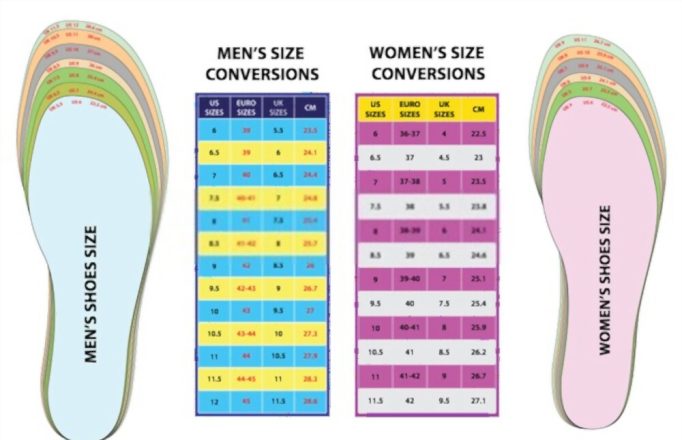
Different regions and countries may use varying shoe sizing systems, such as US, UK, EU, or Asian sizing. It’s critical to become familiar with the precise size methodology employed by the brand or merchant you’re dealing with. Shoe size conversion charts are readily available online to help you determine the corresponding size in a different system.
Consider Shoe Types
Shoe sizes can vary depending on the type and style of the shoe. Factors like materials, design, and intended use may influence the fit. For instance, running shoes frequently have a larger toe box to accommodate natural foot motion during exercise. Formal shoes, on the other hand, might have a more snug fit. It’s important to consider the purpose and style of the shoe when determining the correct size.
Brand Variations
Shoe sizes can also vary across different brands and even within the same brand. This occurs due to differences in manufacturing processes, materials, and design philosophies. To locate the shoes that fit your feet the best, it is essential to consult the brand’s sizing chart and user reviews and even try on a few various brands.
Try Shoes on Properly
When trying on shoes, follow these guidelines to ensure an accurate fit:
– Attempt the shoes on both feet because there can be a small difference in size.
– Wear or bring the type of socks or inserts you plan to wear with the shoes.
– Walk around in the shoes to assess comfort, ensuring there is adequate space for your toes to wiggle.
– Check for potential pressure points, tight spots, or rubbing that could lead to discomfort or blisters.
– Pay attention to how your feet feel both when standing and walking in the shoes.
Consider Shoe Stretching or Inserts
Consider employing shoe stretching techniques or inserts like shoe stretchers or orthotic inserts if you discover a pair of shoes that is just a little bit snug or narrow. These can help alleviate discomfort by expanding the shoe width or providing additional arch support.
Try Shoes on in the Late Afternoon
To enhance the accuracy of finding your perfect shoe size, it is recommended to try shoes on in the late afternoon or evening. Throughout the day, our feet naturally swell due to various factors like walking, standing, and heat. By trying shoes on during this time, you can account for the slight expansion of your feet, ensuring a more accurate fit.
Tips On Buying Shoes For Your Foot Width

The diversity in shoe sizes and styles appears to be ubiquitous. Nevertheless, when purchasing footwear tailored to one’s foot width, it becomes imperative to consider the optimal match for individual feet, as this factor significantly contributes to both comfort and foot well-being. The article aims to comprehensively address the various dimensions of shoe widths, providing essential insights on how to attain an ideal fit that caters to personal requirements.
Purchasing Footwear for Medium Feet
Individuals endowed with average-sized feet enjoy certain advantages. They possess the versatility to don a wide array of shoes without concern for discomfort. Whether it be heels, sandals, or sneakers, the scope of footwear options available to them is vast. However, if uncertainty looms over the selection of shoes tailored to accommodate medium-sized feet, the ensuing guidelines will offer valuable assistance:
– Elevated footwear such as heels presents an optimal choice for individuals with medium-sized feet, as the elevated structure mitigates the risk of stumbling or losing balance while traversing.
– Choose sandals, exhibiting an appealing balance between casualness and comfort, prove to be an excellent choice for women seeking footwear suitable for extended weekend outings or beach excursions.
– Sneakers cater to the needs of children seeking versatility in their footwear selection, rendering them suitable for diverse activities such as swimming lessons or running errands. However, their casual appearance may render them less appropriate for school days.
– In instances where a more formal aesthetic is desired, flat shoes serve as a commendable alternative to slippers, offering both sophistication and comfort.
Purchasing Footwear for Narrow Feet
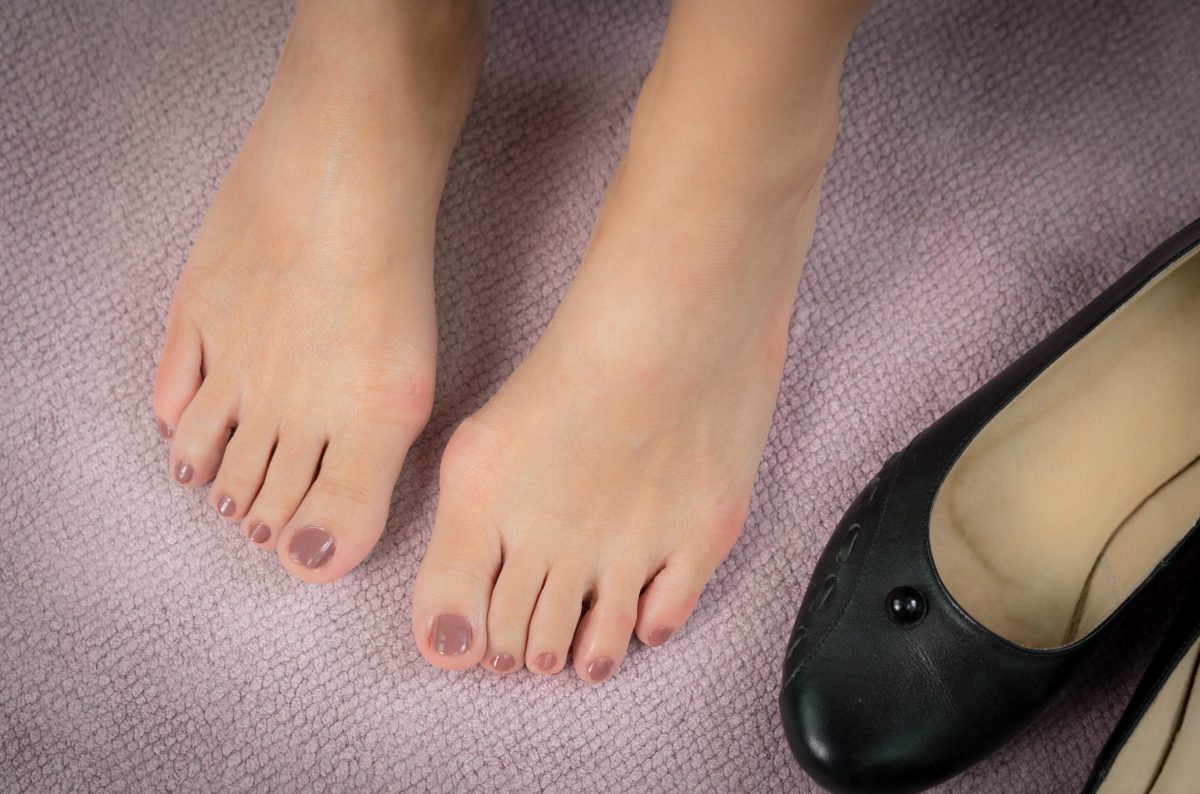
Narrow feet, a condition characterized by diminished foot width resulting from bunions or hammertoes, present challenges in securing well-fitting shoes. The phenomenon arises from an inherently narrower foot structure, where the proximity between the toes and the front of the foot is reduced. Consequently, individuals with narrow feet often encounter difficulties in locating appropriately sized shoes.
– Prioritize the acquisition of lace-up shoes. Such footwear designs encompass laces that encircle the foot and ankle, affording convenient donning and removal. Additionally, they confer heightened support in comparison to alternative shoe styles, rendering them particularly advantageous for individuals with narrow feet.
– If afflicted with a wider foot, consider footwear featuring T-bar straps in lieu of laces. This strap configuration consists of two components: one encircling each side of the foot and ankle, while the other connects both sides at the ankle, proffering supplementary stability. Notably, this shoe type excels not only in ease of use but also in providing excellent support during ambulation or vigorous activities, rendering it an ideal choice for individuals possessing narrow or flat feet.
– Loafer-style shoes also represent a commendable option for narrow feet. These shoes exhibit a pleasingly rounded contour in the ankle region while supplying adequate arch support, promoting foot comfort. Conversely, for those seeking a more casual yet stylish aesthetic, lace-up oxfords offer a compelling choice.
Purchasing Footwear for Wide Feet
Did you know if you have wide or narrow feet? If you have wide feet then wide sneakers are a good choice.
Wide sneakers are the optimal footwear choice for individuals with broad feet owing to their snug fit and inherent flexibility. By preventing foot slippage and discomfort, they effectively mitigate the pain associated with wide feet.
Furthermore, wide sneakers offer the added advantage of enhanced stability. Unlike narrow shoes that render a precarious balance, often leading to inadvertent collisions with walls or furniture due to their slim construction, wide sneakers instill a profound sense of firmness, ensuring a securely grounded foot placement.
In addition to their comfort and stability, wide sneakers boast remarkable durability, courtesy of their employment of non-stretch materials such as leather or fabric, as opposed to rubber soles. This attribute allows them to maintain an optimal fit even after protracted usage spanning several years.
Moreover, wide sneakers are typically crafted to be lightweight and conducive to effortless walking, rendering them an ideal choice for extended strolls or lengthy workdays.
FAQs
Why is it important to measure shoe width?
Measuring shoe width is important because it ensures a proper fit. Foot discomfort, inflammation, and even issues like bunions or blisters can result from wearing shoes that are excessively tight or broad.
How do I measure my shoe width at home?
A sheet of paper should first be placed on a solid, level surface. Trace the outline of your foot while standing firmly on the paper. Cross the trace with your foot at its broadest point. Your shoe width is represented by this measurement.
What are the different width sizes for shoes?
Shoe width sizes vary among different shoe brands and countries, but common width sizes include narrow (A), medium or standard (B), wide (D), and extra wide (EE or EEE).
How can I determine whether my feet are narrow or wide?
If your feet often feel cramped in shoes and you can see excess pressure points or bulges along the sides, you likely have wide feet. Conversely, if your shoes frequently seem loose and unsupportive, you may have narrow feet.
Can I use a shoe size chart to determine my shoe width?
Shoe size charts typically provide information about length rather than width. It’s best to measure your foot width directly to ensure an accurate fit.
What should I do if my shoe width measurement falls between two sizes?
If your measurement falls between two width sizes, it’s generally recommended to choose the wider size. It’s easier to add extra padding or make minor adjustments to a slightly larger shoe.
Should I measure the shoe width while standing or sitting?
It’s recommended to measure shoe width while standing, as your feet tend to spread slightly when weight is applied. This will provide a more accurate measurement for fitting purposes.
Can shoe width vary between different shoe styles or brands?
Yes, shoe width can vary between different styles and brands. It’s important to measure the width each time you purchase new shoes, even if you have measurements from previous purchases.
Where can I find shoes in different width sizes?
Many shoe stores offer shoes in different width sizes, particularly those specializing in footwear. Additionally, online retailers often provide a wide range of shoe width options, making it easier to find the right fit.

